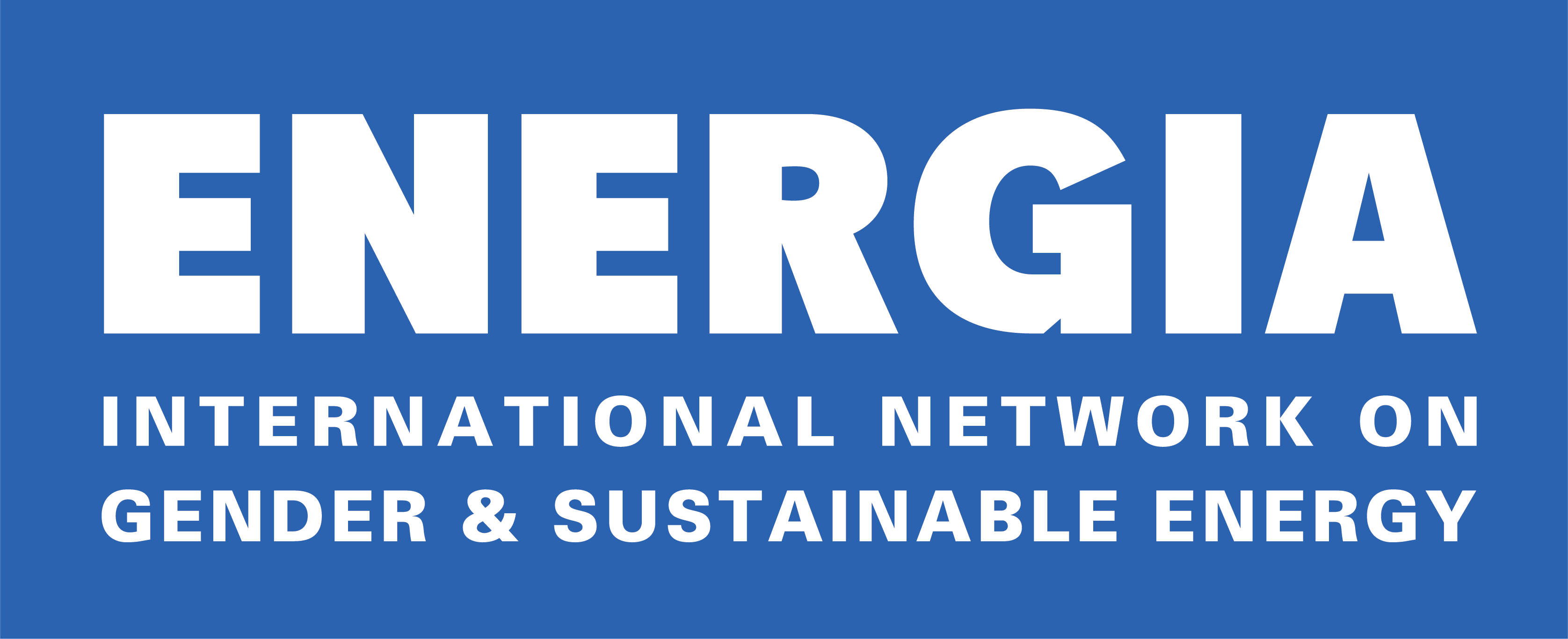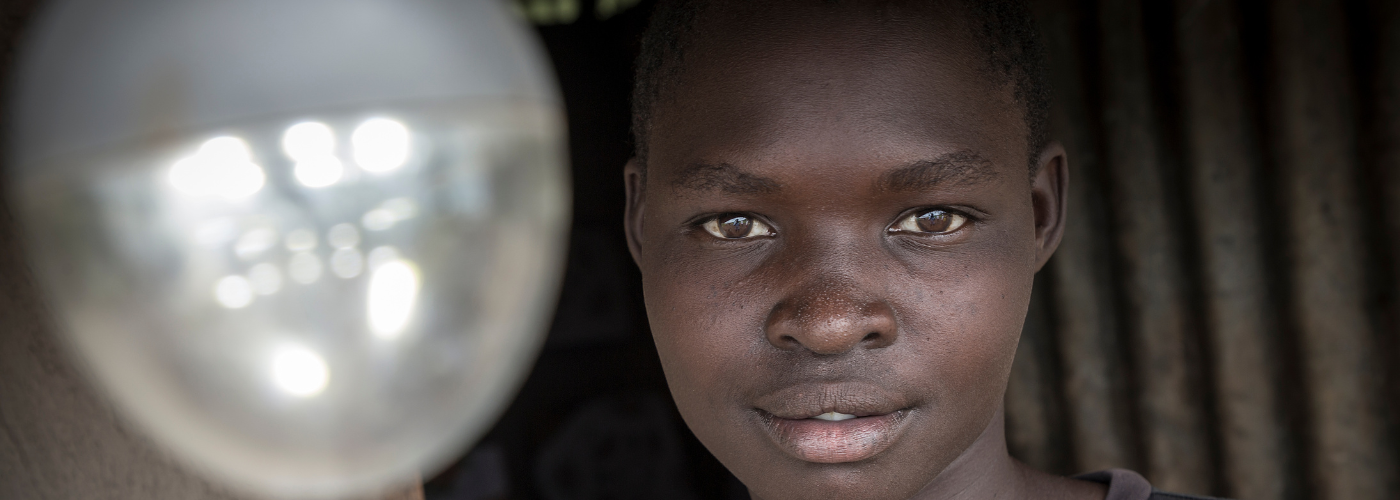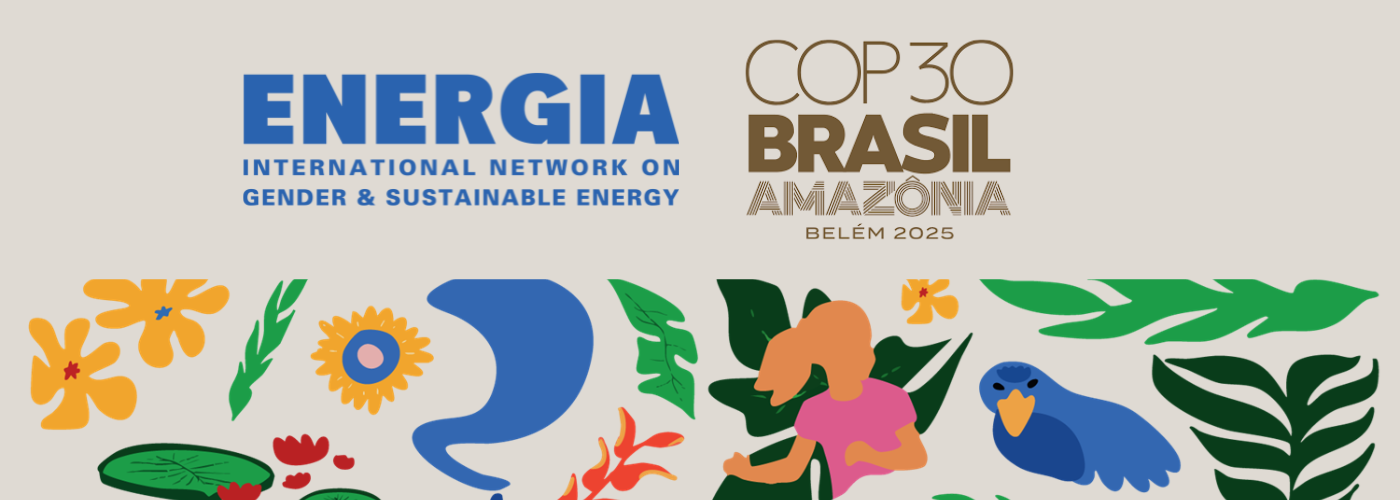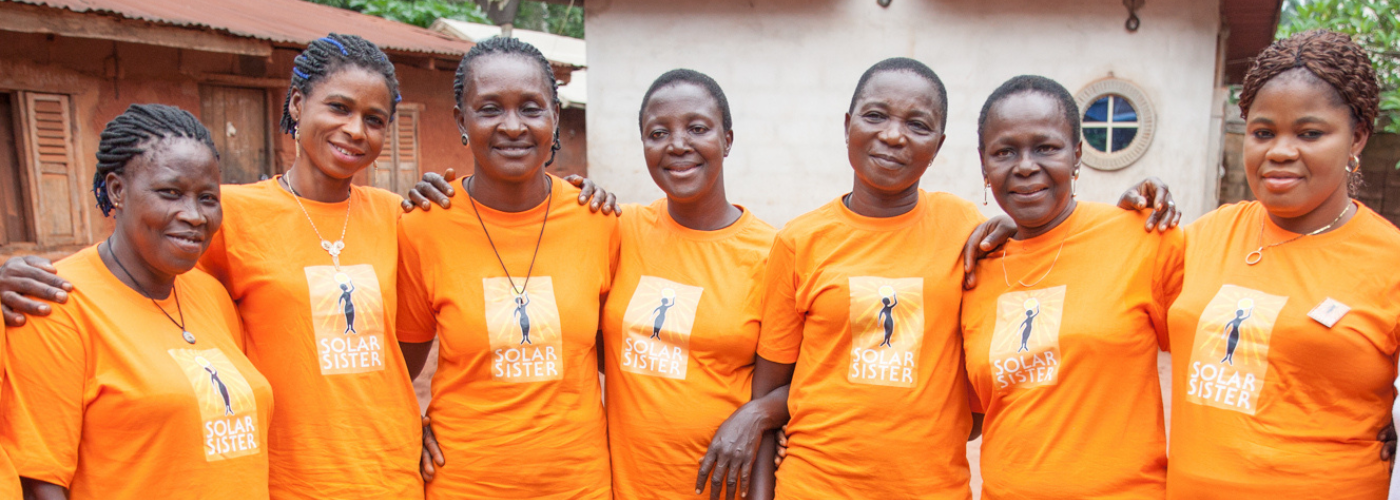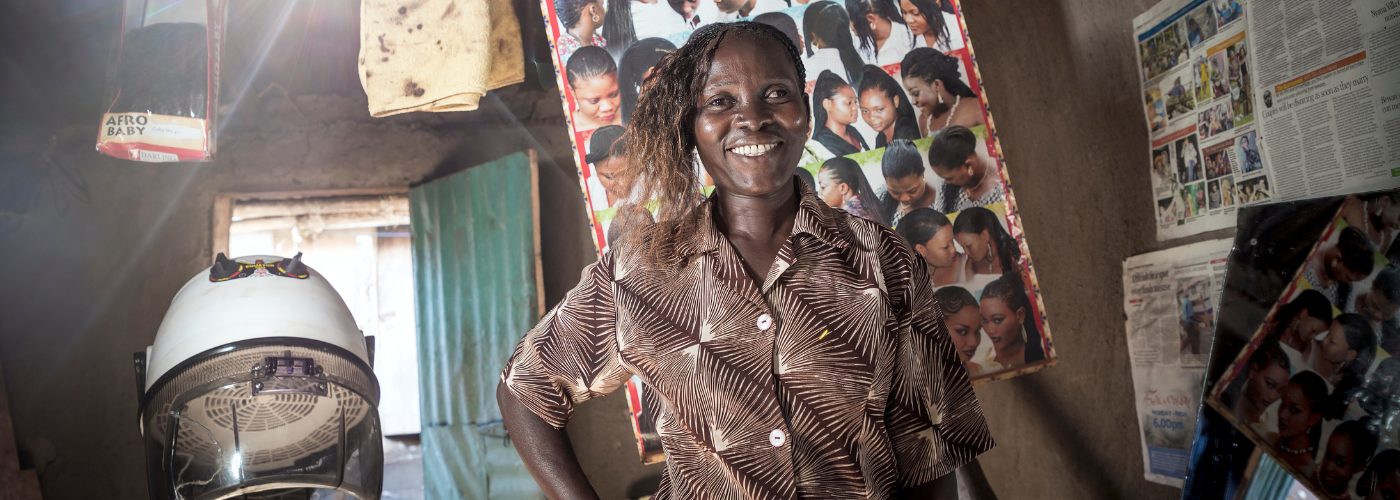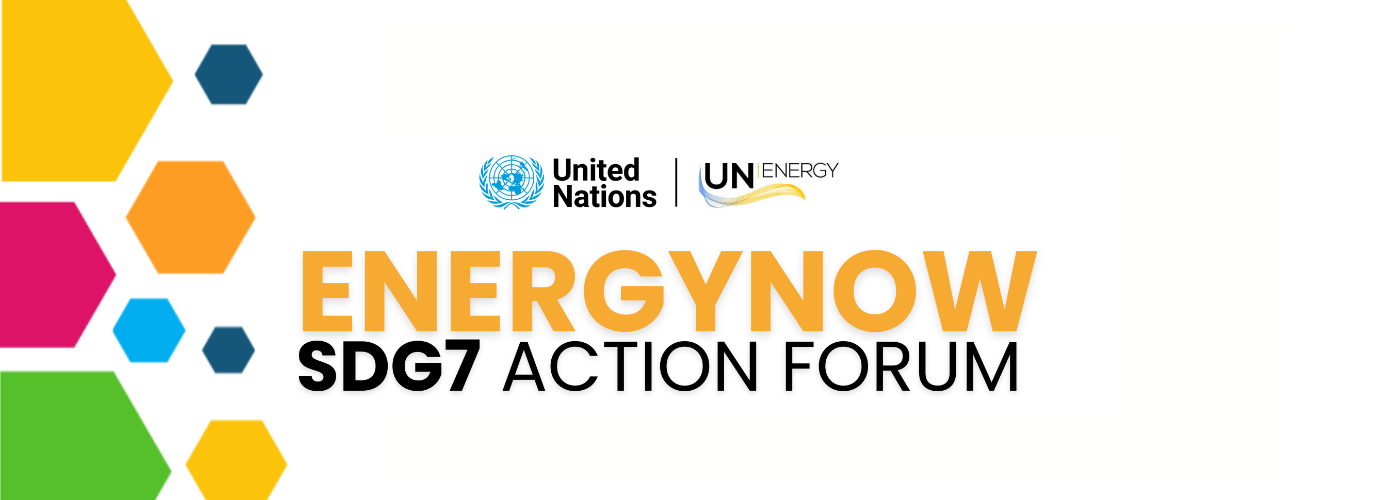By Sheila Oparaocha, Director of the ENERGIA network
The SDG7 Action Forum made one thing clear: without visibility, there is no inclusion. Women remain invisible in energy data—and that invisibility fuels inequality. To build a just energy future, we must start by seeing, counting, and empowering women as central actors in the transition. Anything less is a failure we can no longer afford.
From September 24 to 25, the Sustainable Development Goal (SDG) G7 community gathered in New York at the SDG7 Action Forum, held alongside the UN General Assembly and the Climate Ambition Summit. ENERGIA was privileged to be part of this convening, where policymakers, civil society, development partners, and private sector actors debated the future of energy in sustainable development.
The Forum was clear-eyed, honest, and, at times, uncomfortably frank. And perhaps that is exactly what we need right now.
The Clarity of Urgency
At the UN General Assembly, the political messages were mixed. Commitments to a just and inclusive energy transition often felt overshadowed by competing geopolitical interests. Yet, at the SDG7 Action Forum, the message was unambiguous: the next five years must deliver bold, accelerated action on SDG7 while preparing the ground for a post-2030 agenda.
This clarity created space for difficult questions: What are we proud of? Where do we need urgent action? Where have we failed to learn from the past? These were not polite reflections; they were provocations. And the answers matter. Because if we fail to act now, the promise of SDG7 risks becoming another unfulfilled aspiration. Delivering on it requires nothing less than a just and inclusive transition that truly leaves no one behind.
SDG7 Has Been a Game-Changer—But Not for Everyone
There was a universal consensus that SDG7 has been transformative. Energy, once absent from the Millennium Development Goals, is now a driver of political will and investment. The 2025 UN SDG Progress Report recognized advances in narrowing the electricity access gap, placing SDG7 ahead of many other goals.
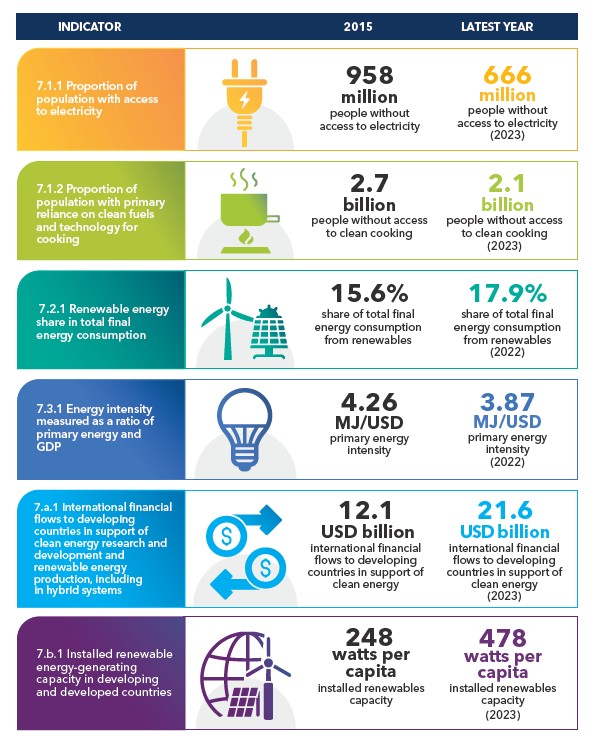
But the same report delivered a sobering truth: progress on clean cooking is stagnant, and women and children continue to suffer most. Yes, the elevation of clean cooking since 2015 has been extraordinary. Yes, the 2024 Africa Clean Cooking Summit mobilized USD 2.2 billion in pledges. But let us be honest, billions of people remain in energy poverty. And without bold action, women and girls will keep paying the price with their health, their time, their safety, and their futures.
Protecting SDG7’s Place on the Global Agenda
The Forum underscored another uncomfortable truth: In today’s polarized geopolitical climate, we cannot take SDG7’s prominence for granted. Energy’s place as a global development and climate priority must be defended through vigilance, inclusive dialogue, and relentless advocacy.
For this reason, ENERGIA applauds UN-Energy for sustaining the SDG7 Action Forum as an annual space for learning, critique, and constructive confrontation. No other platform offers such an inclusive and open arena for international cooperation on energy. Policymakers must recognize its value and protect it.
SDG7: The Enabler of All Goals
Perhaps the most important reminder from the Forum is that SDG7 is not just one goal among 17; it is the enabler of all the others.
Without energy, poverty cannot be eradicated, food and water security will remain fragile, health systems will falter, and climate resilience will collapse. And without energy, gender equality (SDG5) will remain rhetorical rather than reality.
UN Women’s 2025 Gender Snapshot drives the point home: electrification has reduced gender-based violence in rural India; women’s incomes have risen by nearly 60 percent in Brazil; life expectancy and girls’ education have improved across sub-Saharan Africa. Energy transforms lives.
Yet the transformative potential for women and girls remains largely untapped. Women still account for only 32 percent of renewable energy jobs, and a mere 5 percent of utility board positions. If current trends persist, by 2030, more than 300 million women will remain without electricity and nearly 900 million without clean cooking.
This is not just a missed opportunity. It is a policy failure. It is an injustice.

The Invisibility of Women in Energy
Why do these gaps persist? Because women remain invisible in energy data. SDG7 is one of only six goals without a dedicated gender indicator. Without sex-disaggregated data, women’s realities are erased, their needs ignored, their contributions dismissed.
What is invisible cannot be measured. What is not measured is rarely prioritized. And what is not prioritized will never be funded.
This invisibility is not technical oversight; it is systemic discrimination by omission.
Breaking the Silence with Data
But momentum is building to change this. At the High-Level Political Forum this year, all five UN organizations responsible for collecting data and tracking SDG 7 indicators, UN Women, and the Gender and Energy Compact jointly called for gender indicators in global energy reporting. Champion governments, including Sweden, Canada, Iceland, and the African Union, stood behind the call.
At the Forum, the session Power in Numbers showcased governments already collecting and applying gender-disaggregated energy data. And this November, the International Energy Agency will launch its Indicator Handbook on People-Centred Clean Energy Transitions at the G20 Summit in South Africa, a tool for governments to integrate gender into their energy policies.
But policymakers must hear this clearly: tools and handbooks are not enough. Data alone will not shift power. Only political will can.
The Road Ahead: From Data to Power
The next two years are crowded with opportunities and risks. The 2026 High-Level Political Forum, which will conduct the final global review of SDG7, will highlight gender-energy interlinkages. COP30, where a new Gender Action Plan under the UNFCCC will be endorsed, will test whether gender-just transitions are treated as political priorities or political slogans.
Success will depend on governments putting gender indicators squarely on the intergovernmental table, civil society keeping pressure alive, and the wider development community adopting a shared narrative that is evidenced, politically backed, and collectively owned.
Because inclusion begins with visibility.
Call to Action
For over two decades, ENERGIA has worked at the intersection of SDG7 and SDG5. We know women can drive inclusive energy transitions because they already are. The 2025 UN-Energy Annual Progress Report on Energy Compacts shows that through the Gender and Energy Compact, co-convened by ENERGIA, UNIDO, SEforALL, and GWNET, 108 signatories have empowered over 200,000 women with skills for the clean energy transition, creating over 100,000 jobs and enterprises.
These are not symbolic victories. They are proof of what is possible when efforts are intentional: not about “adding women in,” but about empowering women as central actors in the transition. Imagine the scale of impact if even 10 percent of the USD 1.6 trillion in energy compact pledges were directed toward gender-responsive, transformative action.
Yet progress remains fragile. Without decisive leadership, gender inequality will continue to undermine energy transitions.
That is why ENERGIA calls for bold action in four priority areas:
- Energy poverty, including time poverty and unpaid care work:
Recognize and address the disproportionate burdens borne by women. - Employment and leadership:
Remove barriers to women’s full participation in the clean energy workforce and decision-making. - Entrepreneurship:
Invest in women-led enterprises as a driver of inclusive growth. - Enabling environments:
Embed gender-responsive planning, budgeting, and regulation into energy policy.
The global community must move beyond rhetoric. Visibility must lead to accountability. Accountability must lead to transformation.
A Reality Check Policymakers Cannot Ignore
In conclusion, the SDG7 Action Forum gave us a reality check: Progress is real, but not enough, not fast enough, and not inclusive enough.
If women remain invisible in energy data, they will remain invisible in energy policy, investment, and benefits. And if that happens, the promise of SDG7, to leave no one behind, will be betrayed.
Inclusion begins with visibility. Policymakers have a choice: ensure women are seen, counted on, and empowered to drive the transitions we urgently need, or accept responsibility for an energy future that entrenches inequality. Anything less is not just a missed opportunity, it is an injustice the world cannot afford.
